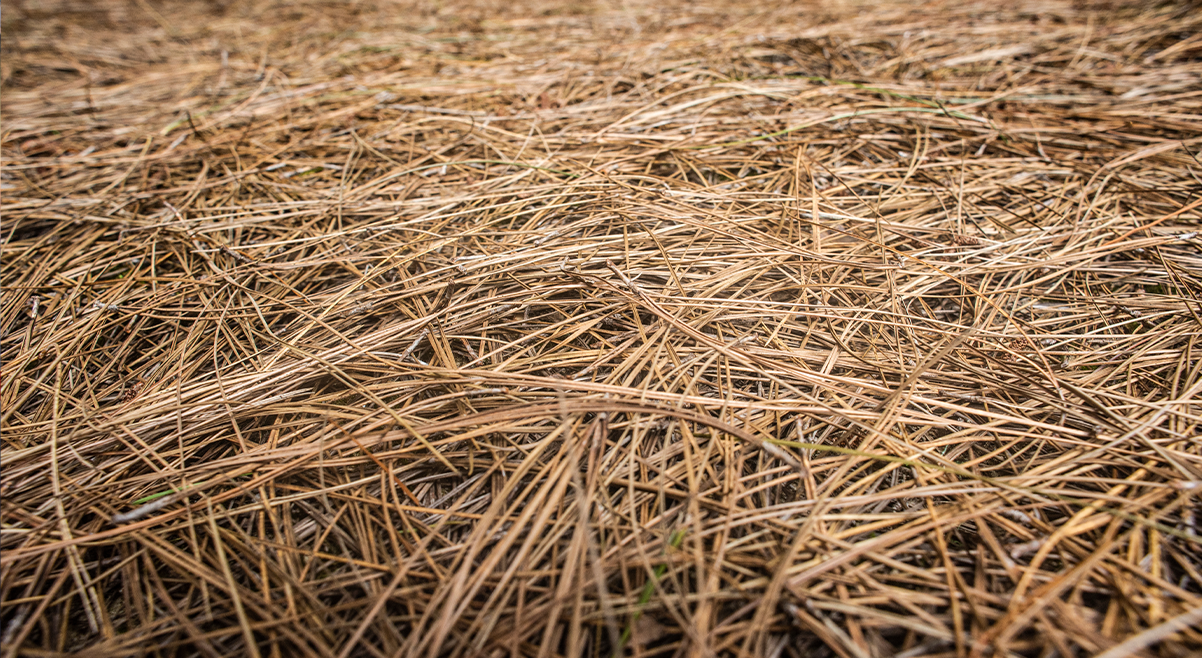The Most Effective Ways to Remove Thatch
editMany times, a home or business owner will notice thatch growing on their turf and decide to take a rake to the turf to fix the problem. More times than not, however, this will actually tear up the turf and cause more damage. So how can you be sure to get rid of thatch, while also not doing more damage to the turf?
In the latest blog from Kenney Machinery, we’ll discuss what thatch is and provide some helpful information to help you eliminate and control thatch in your turf.
What Is Thatch?
Thatch is a layer of dead and living stems and roots in your turf. It typically builds up in grass and turf when organic debris is produced faster than it is broken down. Excessive amounts of thatch can create an environment that allows pests and diseases to thrive and grow. Not only will this create extra work, but as pests and diseases increase, they can wreak havoc on your grass or turf.
Additionally, lawn thatch can restrict your grass roots from receiving access to water. You can have extremely healthy watering habits, but if thatch buildup is present, you might be wasting your time, as the roots aren’t receiving any water.
What Are the Best Ways to Remove and Control Thatch?
Mowing Frequency
Mowing your turf on a consistent schedule is key to reducing and limiting thatch debris. Your turf growth will widely depend on the season and the weather, but stay as consistent as possible. This will promote healthy growth and ensure that the turf doesn’t grow too high between mowing periods.
Additionally, a vertical mower can be used to eliminate any thatch that has already grown. While it won’t prevent thatch from reoccurring in the future, vertical mowers are great ways to help eliminate an already existing thatch layer.
Water Correctly
A common mistake made by home and business owners is watering the turf every day. This can cause the soil to become waterlogged and slow down the thatch decomposition process. Instead, deeply water the turf twice per week. This ensures that the turf receives the amount of water that it needs, while also keeping you from overwatering the area.
Core Aeration Redistribution
It’s common practice for turf managers to aerate their turf during the cooler months of the year, like spring and fall. Redistributing the soil cores from the aeration process will encourage thatch to decompose. Simply grind up the compacted soil cores and spread them across the turf to help excessive thatch decompose as it should.
Increase pH Levels
Acidic soil will allow a thatch layer to grow quicker than neutral soil. Perform a pH test to monitor your turf’s pH levels. If you determine that your soil is too acidic, liming the soil can help. This will help to balance out your soil’s pH levels and lead to more neutral soil overall.
Contact Kenney Machinery
For the best turf maintenance equipment in the industry, contact the experts at Kenney Machinery. Our experts are backed by years of experience in the industry and can help answer any questions that you might have. Additionally, if you need help finding the right product for your needs, our experts know the ins and outs of all the equipment that we offer and can help ensure that your equipment is right for the job. Contact us today to get started or to learn more.

